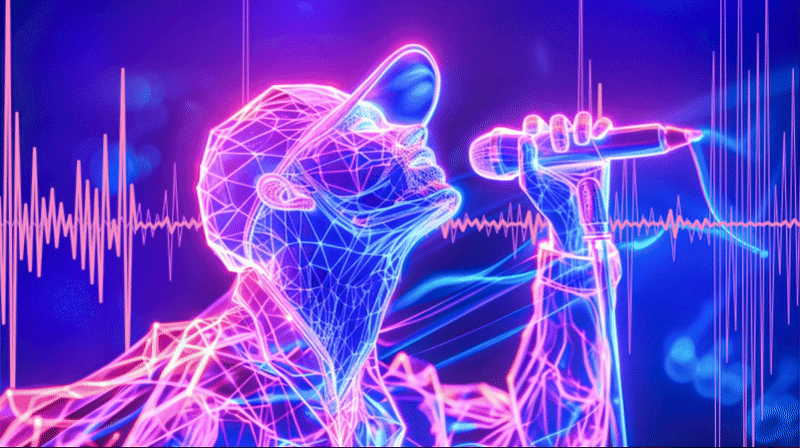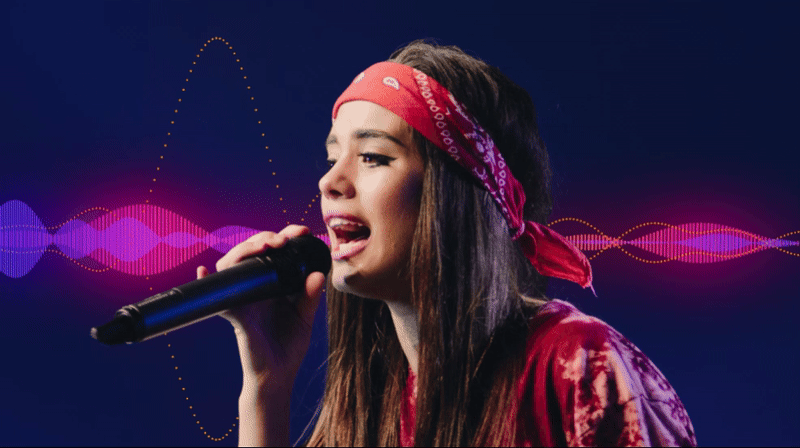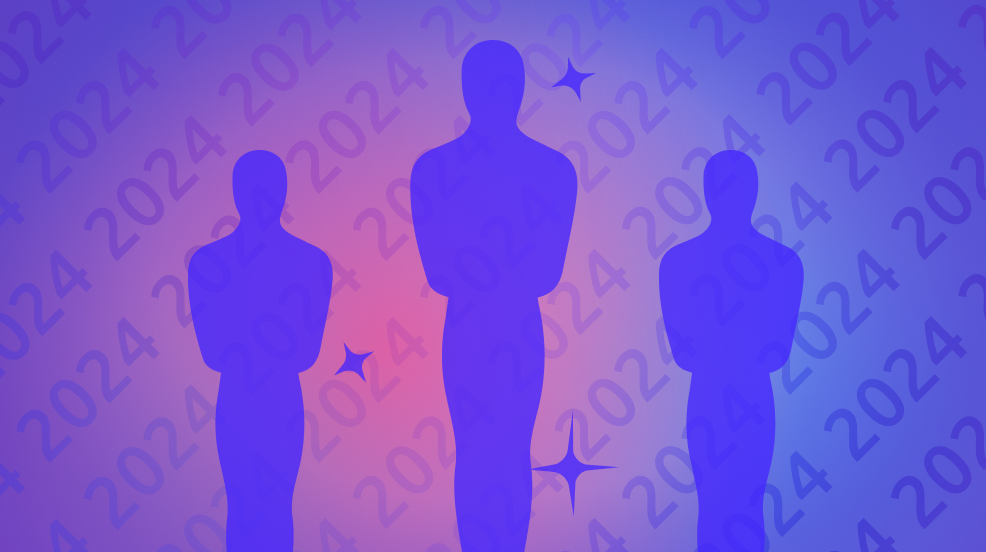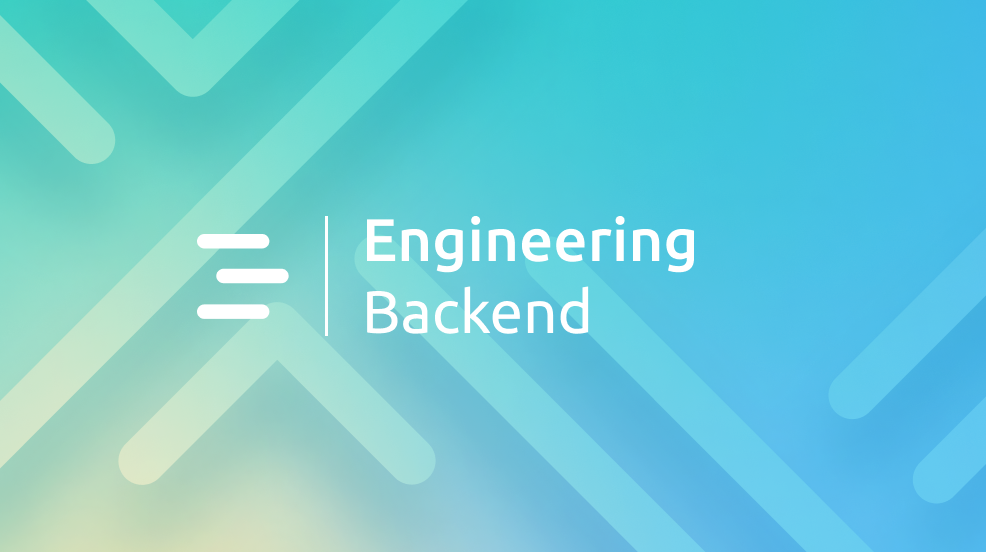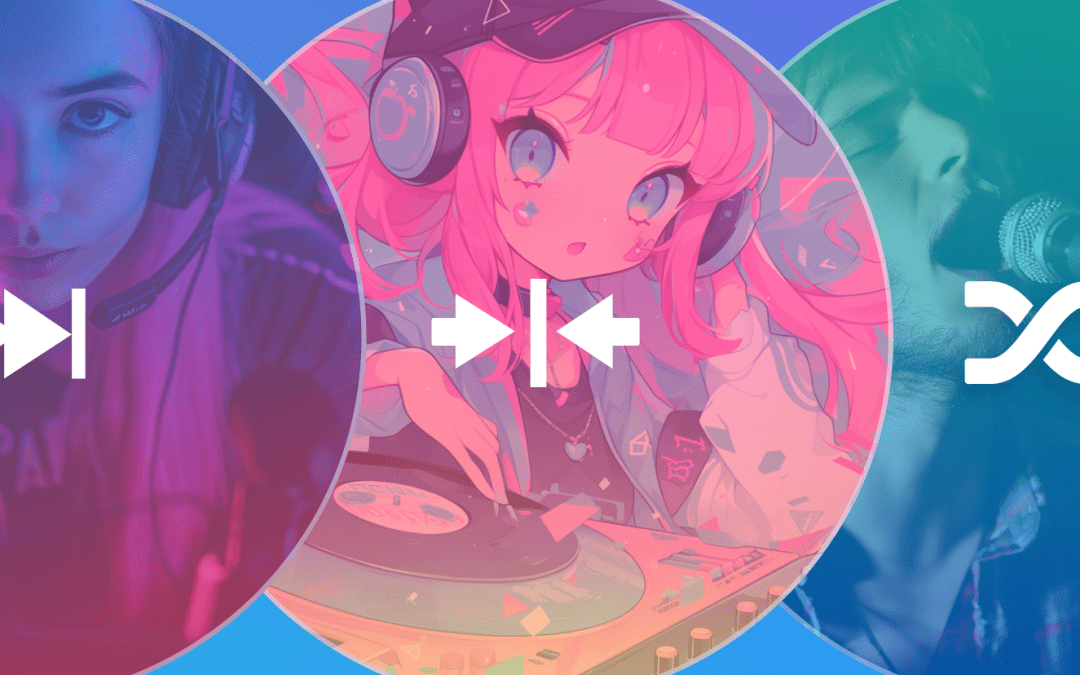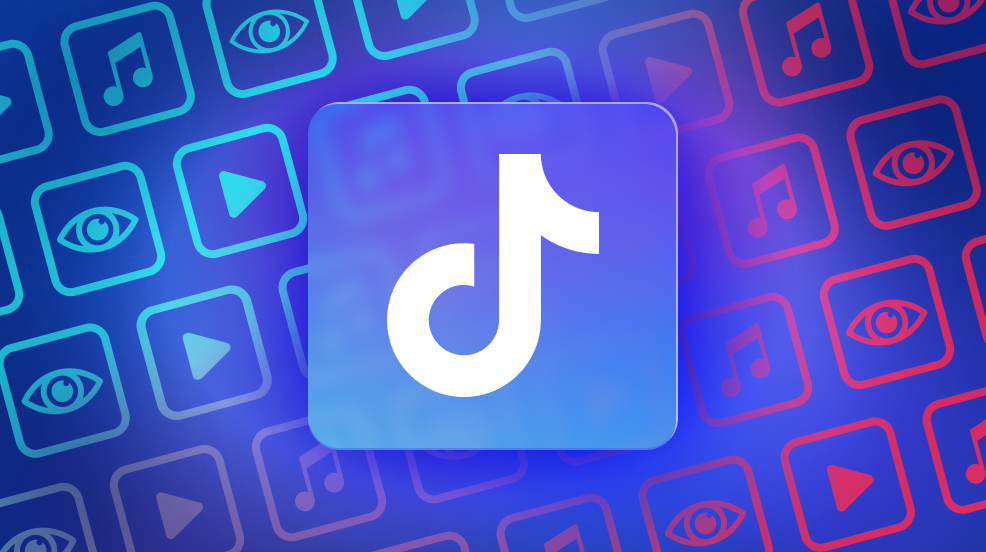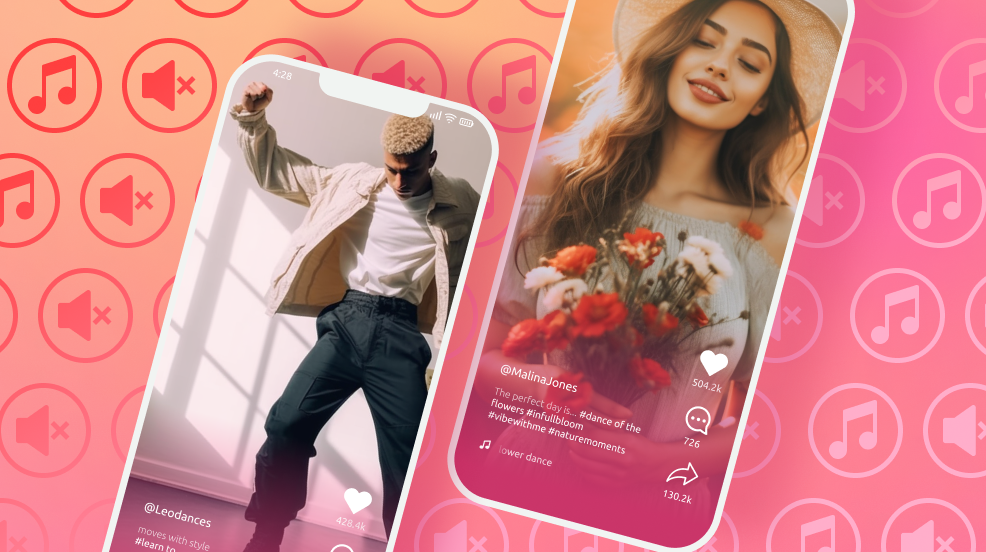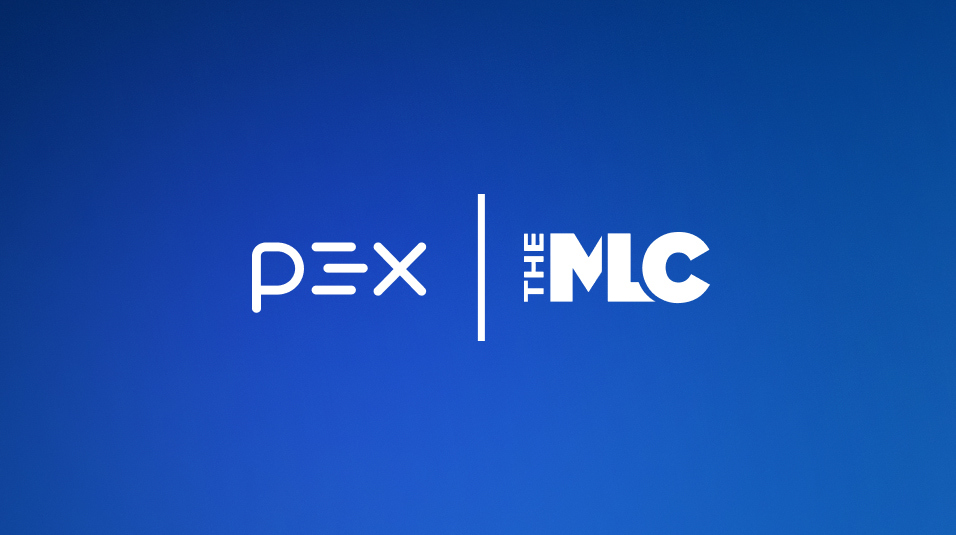Welcome to the new age of content creation. We’ve heard it before, content is king, but the emerging content ecosystem and much-lauded creator economy marks the start of a new and exciting era of digital content. And there’s a colossal demand for it right now. This summer, we saw Reese Witherspoon close a deal on her production company Hello Sunshine for $900M, and just today it was announced that Lebron James sold a minority stake of his entertainment firm SpringHill Company, valuing the company at $725M. With roughly $2B raised by 50 creator-focused startups just in the first half of 2021, eyes are specifically on digital content.
Creators have been channeling their creativity through platforms for years — think back to Myspace in the early 2000s. These platforms have offered a pathway for creators to take flight, and with the rush of opportunities to find new audiences, and a plethora of content types, creators are finding novel ways to amass followings and create virality.
The economics of the creator economy
You’ve likely seen the figure from venture capital firm SignalFire that pegs the creator economy as a class of 50M independent content creators — it’s an impressive number, but that’s only part of the picture. When you consider the consumption rate, those millions of creators do not get an equal share of audience attention. That’s because, much like any system, there is a top 1% of the creator economy who hold the vast majority of market share and attention — in creator terms, measured by views, likes, shares, subscriptions, or even virtual tip jars. And the creator 1% class are more likely to have means to protect their share, and their revenue — reinvesting it back into the creation of more content, increasing their market dominance.
This isn’t the reality for the other 99%. Within the fledgling creator economy, many creators produce original work only to have it copied or appropriated, or fall prey to an algorithm that buries their content altogether. The 99% just don’t get the chance to build traction and share.
Some are taking action, most notably this summer as black creators moved to stake their rightful claim after being left uncredited for their TikTok choreography — especially damaging when their works are appropriated and monetized by more popular influencers. But those challenges are not always successful, and many wins come too late for creators to capitalize on the virality they’ve created. Platforms are attempting to fill the gap with initiatives, such as Facebook’s July announcement to invest $1B towards creators, however these solutions act more like a bandaid than fixing the issue in a sustainable or meaningful way.
Creators build value for the ecosystem, but not all get their fair share
For all creators to be given fair access to the value they build for the players (e.g. platforms and even Hollywood as we see viral stars quickly catapult to A-list stature) in the content ecosystem, the system and its value chain need to stabilize. Right now, the creator economy is reminiscent of the early days of the Internet — a plethora of opportunity, mass appeal, and negligible structure.
New creators may not have the knowledge, nor the tools and resources to protect their intellectual property (IP). Content is sometimes used by brands without creators’ consent, or they’re lowballed for the value of their work — seen in the experience of vegan content creator Derrick Downey Jr. and his work with Nuggs. And those choreographers seeing others monetize the TikTok dances they created? Well, the US Copyright Office receives less than 20 applications annually for choreography — dismal when you think about the sheer volume of new dances created on the platform daily. While work is protected under copyright the moment it’s created, only those registered with the Copyright Office can take legal action should their work be used without proper attribution.
And sometimes, creators don’t know how to properly use others’ copyrighted material, leading to copyright claims and takedowns, and even strikes that boot creators off platforms altogether. These takedowns are evidence that proper management of their IP on social media is next to impossible for the average creator.
Major music rightsholders have struggled to effectively control the use of their content online over the last two decades, despite their access to resources and negotiating power. So it’s difficult to imagine that independent creators can successfully navigate these same waters.
Building a sustaining creator economy
Creators are producing entertaining, original work, and in some cases, reaching huge audiences. Platforms, brands, and advertisers then latch onto this content to propel their own messaging, and create their revenue. The question remains whether this model best benefits the creators, or the broader ecosystem.
For their own interest in keeping creators on their platforms, and to not relive Li Jin’s “cautionary tale” of Vine, platforms and publishers must provide equal opportunity for success in the creator economy. This means going beyond lottery-like creator fund initiatives, or relying on policies to serve as forcing functions. Content and original work has a value, and that value must be protected. One way to achieve that is through licensing and attribution.
Historically, licensing content has been a complicated operation across platforms, and a massive cost in the form of contracts with labels and managing licenses. For the most part, the process is retroactive — once a licensor, usually a rightsholder or creator, finds that a platform user is infringing copyright, the licensor files a copyright claim against the platform. There have been several attempts to simplify the licensing process over the years, such as pre-cleared libraries, digital music marketplaces, or rights management systems like YouTube’s Content ID, which solve specific parts of a much larger equation.
However, with the surge of new startups and technologies specifically geared towards the creator economy, solutions to these broader issues appear to be on the rise. At Pex we’ve built the infrastructure for the creator economy ecosystem with our Attribution Engine, which provides platforms with a singular solution to identify, attribute, and license copyrighted content before publishing, meaning creators won’t be at risk of takedowns due to infringement. Other companies improving processes for creators include BeatStars, who is redefining licensing through their digital marketplace where creators can buy and lease beats, and Epidemic Sound, which equips creators with royalty-free music through their pre-licensed database, while technology company Jellysmack operationalizes creators’ content across different platforms.
For every advancement that empowers creators to copyright their own works, like the recent partnership between choreographer JaQuel Knight and Logitech’s Labanotation, there is still a steady and growing stream of unprotected content flowing through the creator economy, generating revenue, just not for the creator.
The rising revenues of platforms and publishers powered by content, along with the emergence of the creator economy, proves that there is real value in the content that creators bring to the world. But for creators to survive the creator economy, platforms, brands, and publishers need to invest together in solutions that protect them, and their work, for the long haul.
For more information on Pex’s Attribution Engine and how we’re helping to bring more balance to the creator economy, head here. Interested in working with us? Contact us at [email protected].


